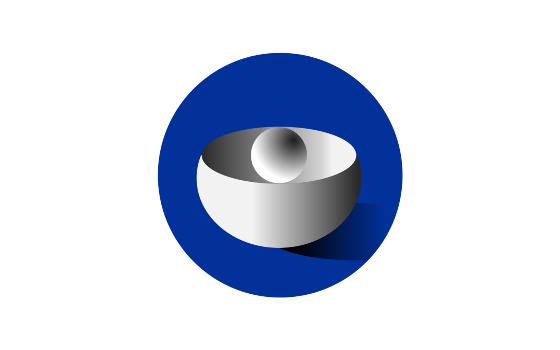 The European Medicines Agency (EMA) will host an awareness session to present the European Union’s (EU) medicines regulatory system and EMA's role in it to international regulators and non-governmental organisations. A clear understanding of how medicines are regulated in different parts of the word is of prime importance in an increasingly globalised world where regulators rely on close cooperation.
The European Medicines Agency (EMA) will host an awareness session to present the European Union’s (EU) medicines regulatory system and EMA's role in it to international regulators and non-governmental organisations. A clear understanding of how medicines are regulated in different parts of the word is of prime importance in an increasingly globalised world where regulators rely on close cooperation.
Speakers from across the Agency will present on the European medicines regulatory network and the various activities carried out by EMA as part of it. Topics include European Union (EU) marketing authorisation procedures, support to innovation, benefit/risk assessment of new medicines, pharmacovigilance activities, and stakeholder engagement, among others. The event will be held on 18–19 September 2017. A link to the live broadcast will be freely accessible on EMA’s homepage on the day of the event. For more information, please see the programme.
The European medicines regulatory system is based on a network of regulatory authorities from the 31 European Economic Area countries (28 EU Member States plus Iceland, Liechtenstein and Norway), the European Commission and EMA. EMA and the Member States cooperate and share expertise in the assessment of new medicines and of new safety information. They also rely on each other for exchange of information in the regulation of medicines, for example regarding the reporting of side effects of medicines, the oversight of clinical trials and the conduct of inspections of medicines’ manufacturers.